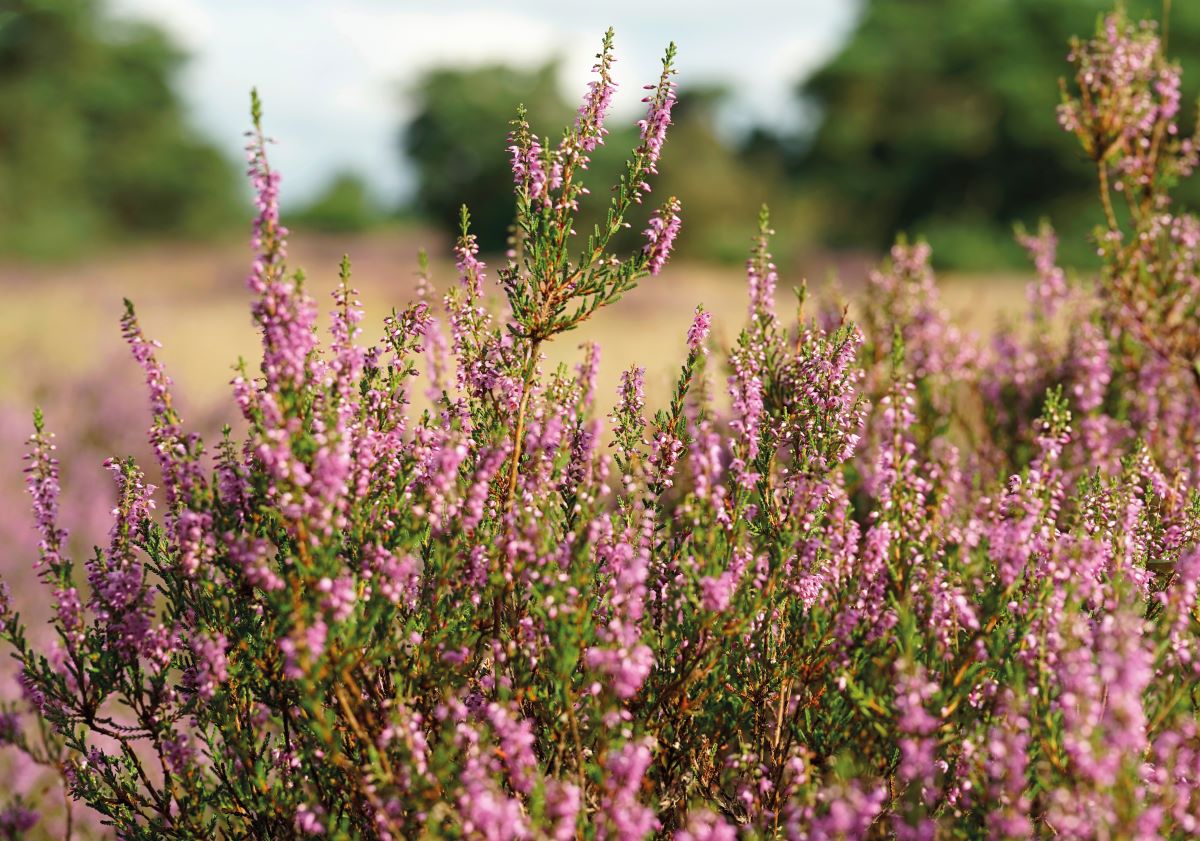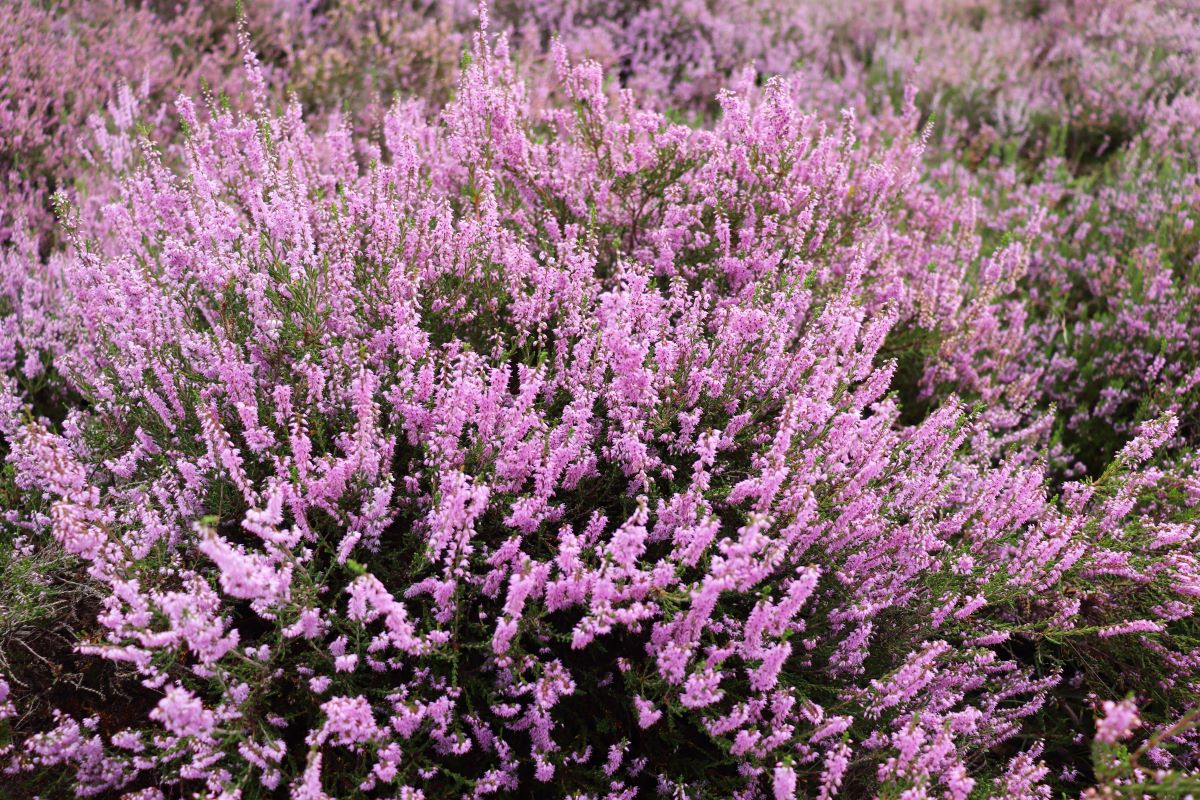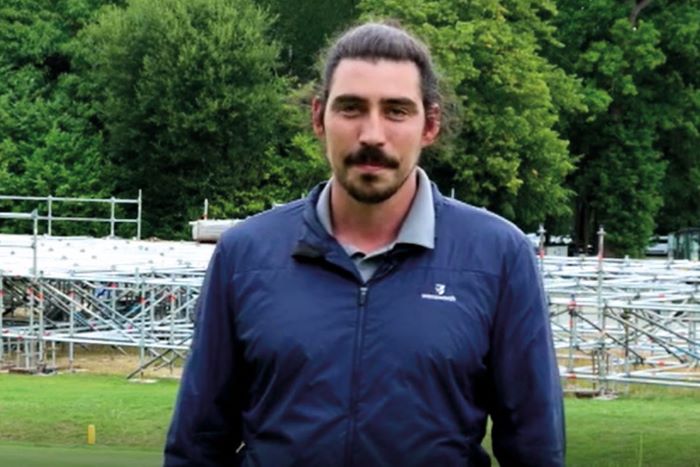- Homepage
- News and Features
- Using plant growth regulators to help preserve heathland
Using plant growth regulators to help preserve heathland
Plant growth regulators are useful tools for turf managers to control the top growth of turfgrass, but could they also be used to prevent the succession of heathlands into grasslands? Wentworth’s Deputy Courses Manager Stefan Carter aimed to find out in this research project.
This research project set out to determine if the active ingredient Trinexapac-ethyl (TE) in the plant growth regulator Primo Maxx II could be used by golf course managers as part of an integrated pest management (IPM) programme to reduce succession of heathland into grassland by controlling Gramineae (grasses) growing among Erica plants (heaths and heathers).
The primary research was to assess if TE was safe to use on Erica in respect to any phytotoxicity caused by applications. Further research into whether TE increased shoot density (g/m2) or the number of new shoots recorded was also analysed to determine if TE applications could produce a more dense, compact Erica plant.
Heathlands and project justification
Heathland golf courses are characteristically situated on low-nutrient soils, therefore regulating and reducing the number of grass clippings removed from mowing lowers the amount of nutrients, such as nitrogen, that are recycled back into the soil.
Heathland and acid grassland are classified as priority habitats in the UK and a proportion of what remains of these habitats is found on golf courses. A study from the Sports Turf Research Institute and The Royal and Ancient in 2002 recorded that out of the 742 courses from the UK, Ireland and the Isle of Man that participated, 241 clubs maintained heather within their property (32.5%), meaning golf courses play a vital role in maintaining heathland habitats in the UK.
Heathlands are ecologically important for creating habitats for species of rare flora and fauna such as Erica. As Erica are relatively slow-growing species, if management practices such as mowing invasive grasses by strimmer or rotary mower are undertaken, damage can occur which may result in loss of plant material and an overall reduction of desirable species within the sward. Chemical treatment may be used as an effective control method to remove or reduce Gramineae within an Erica sward, without the need for damaging cultural practices.
With post-emergent graminicides such as Syngenta’s Rescue being removed for use on golf courses in the UK in 2019, controlling invasive grass species on heathland sites to reduce succession into grassland has become increasingly challenging for golf course managers.
The question being asked is: Could TE be used as part of an integrated pest management programme as a tool to regulate the invasive Gramineae while allowing the Erica to remain the dominant species within the sward?

Current literature
There is currently little research into the effects of TE applications on Erica, providing a good starting point for the research. However, this was problematic in terms of finding evidence that TE would affect Erica in the same way it did with sports turf and other dicotyledonous plants. The use of other gibberellic acid inhibitors such as paclobutrazol and daminozide are used to produce compact, dense ornamental shrubs such as ornamental pepper.
Applications of paclobutrazol caused phytotoxicity in ornamental shrubs, where TE did not. This previous research gave enough backing to justify that there may be similar results found when TE is applied to Erica.
Methods and materials
This trial took place between July and October 2023. The methods and materials used for this trial consisted of 30 2m2 plots of Erica in a heathland site at The Wentworth Club in Surrey. Each plot was initially assessed for percentage cover of Erica and marked out. Each plot was then mown to a height of 75mm and a randomised block design marked out to be treated with TE at either 1.6l/ha, 3.2l/ha or to be left as a control plot. A Growing Degree Days (GDD) model with a base figure of 6°C and 200 GDD intervals was selected for this trial as this application interval has been previously researched for use on sports turf.
After the initial application of TE, a period of 200 GDD was left before the assessment of any phytotoxicity recorded (1 = none, 2 = minor and 3 = major) in the treated Erica. The second application of TE was applied after the initial assessment and a further 200 GDD were waited before assessing again. The Erica was assessed for a final time 200 GDD after the second application of TE for any phytotoxicity recorded. Once all assessments for phytotoxicity were completed, the plants were mown again at 75mm with the clippings collected, dried and weighed to determine if there was a reduction in shoot density (g/m2) in the Erica plants. Thirty days after the second mowing of the Erica plants, the number of new shoots per plant was counted and recorded.

Results
TE was reported to cause no phytotoxicity in Erica for either application treatment rates (two x 1.6l/ha and two x 3.2l/ha). The data recorded did not show any differences in letters of heterogeneity. There were statistical differences shown in plants for shoot density, where the highest application rates of TE (two x 3.2l/ha) provided the greatest shoot density (g/m2).
There were also statistical differences showing that Erica plants applied with TE at the highest application rate of TE (two x 3.2l/ha) produced the highest number of new shoots per plant.
Conclusion and future research
The results found in this research project have started to identify alternative solutions to preventing succession in heathlands using TE applications compared to mechanical practices. There is the need for further research to identify if increased rates (l/ha), increased number of applications of TE or a reduction in GDD between applications would produce statistical differences in phytotoxicity recorded, shoot density (g/m2) and number of new shoots in Erica plants.
The GDD model used for this trial was based on cool season sports turf, therefore more accurate results may be recorded if a GDD model for Erica plants were to be calculated and used to analyse any effects on Erica rather than sports turf.
Further trials for ethical consideration could also be undertaken to identify if applications of TE applications would affect the flowering process of Erica in any way. GI
Author


